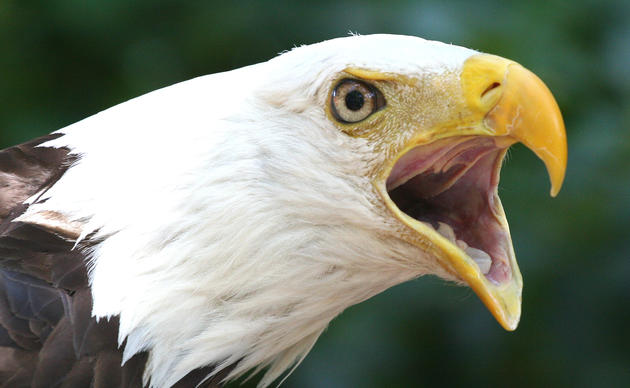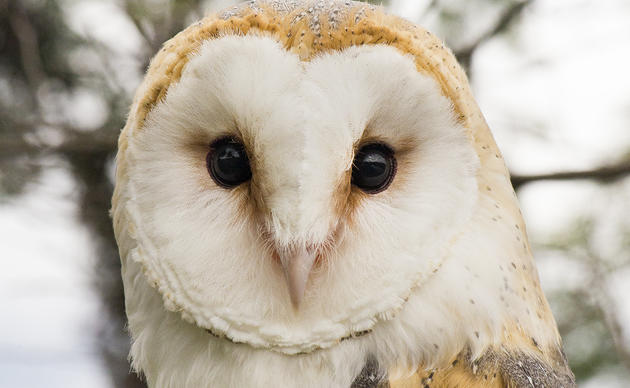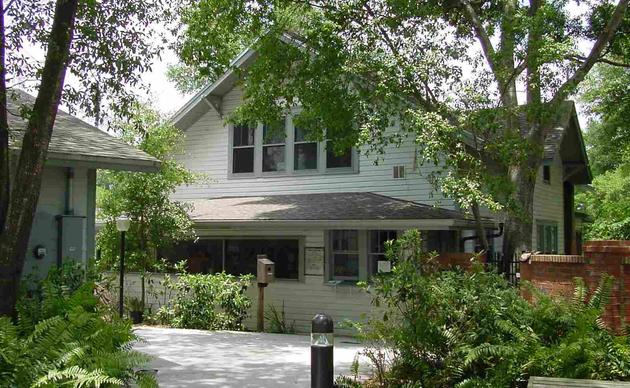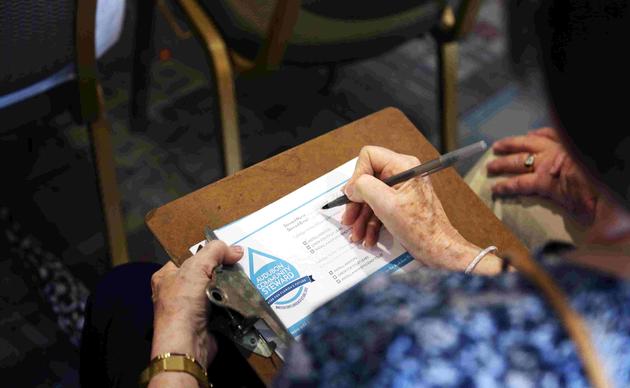The Bald Eagle
Haliaeetus - from the Greek for sea eagle
leucocephalus - white head
The Bald Eagle is much more than just the symbol of America: it personifies strength, majesty and independence. Yet, its very existence is dependent upon how humans manage the environment that is shared with all wildlife species. When chosen as a national symbol in 1782, it was found abundantly throughout the contiguous United States. Historically, it has been listed as a federally endangered species due largely to human ignorance and persecution by pesticides, careless shootings, car and powerline collisions and loss of habitat for nesting and foraging. Since DDT was banned in 1972, Florida’s eagle population has increased more than 300%. In 2007, bald eagles were removed from the Endangered Species list, having been declared officially “recovered”. Today, bald eagles are still protected by the Florida Fish and Wildlife Conservation Commission (FWC) and the US Fish and Wildlife Service (USFWS) under state (F.A.C. 68A-16.002) and federal laws (Bald and Golden Eagle Protection Act and the Migratory Bird Treaty Act).
The bald eagle is native to our continent and is one of the largest birds in North America. The Latin name “Haliaeetus leucocephalus” means “white-headed sea eagle”, referencing its genus classification. The word “bald” refers to an old English use of the word meaning “white” since the head is distinctly feathered. Birds commonly confused with bald eagles include Ospreys, Turkey Vultures, and Golden Eagles, the latter only occasionally sighted in northern Florida during the winter migratory months.
Female (left), Male (right)
Like other birds of prey, bald eagles exhibit “reversed sexual size dimorphism”, and females are larger than males. Female eagles in Florida weigh from 8-12 pounds and have a wingspread up to eight feet. Males are smaller, weighing 6-10 pounds, with a wingspread of six feet. Both sexes have the characteristic white head and tail, yellow beaks and eyes upon maturity, a gradual process of four to six years. Young eagles, called juveniles, are uniformly brown and larger in size than adults due to longer wing and tail feathers. Immature and subadult refer to plumage sequences after the first year and before adulthood.
Adaptations for survival include keen eyesight that can identify objects three to four times farther away than humans, operating much like a telescope for focusing; powerful feet and claws called “talons” to capture and kill prey; an elongated beak with a sharp tip adept at tearing food; and well-developed muscles in the legs and supporting the beak that aid in prey destruction. Eagles tear and swallow their food in large pieces, temporarily storing it in an area below the throat called the “crop” before actual digestion. The crop is a noticeable bulge when full that can store over two pounds of prey when food is plentiful.
Vocalizations: An eagle’s call is quite distinctive, ranging from a short staccato note, a whining call, and a high pitched scream of descending notes. Vocalizations serve several purposes including greeting, solicitation, territorial defense, threat, and begging calls for food (juveniles).
Longevity: Eagles can live in the wild from 15-25 years and up to 38 years in capitivity. Eagles follow a pattern typical of raptors, with lower juvenile survival followed by increasing survival into adulthood.
Diet: Eagles are opportunistic scavengers with a prey base that includes fish, squirrels, wading birds, ducks and road-killed animals called carrion. Fish is also pirated from Ospreys in spectacular aerial acrobatics.
Nesting: Bald Eagles in Florida tend to nest on pine(Pinus palustris and P. elliottii), cypress (Taxodium spp.) and increasingly on man-made structures including celltowers and power transmission lines. Most nest sites are within 1.8 miles from a body of water including rivers, lakes, marshes, ponds and coastlines. The nest is built using large sticks and the nest cup lined with grass or Spanish moss. Most breeding pairs use the same nest year after year.
How you can help, right now
Support the Audubon Center for Birds of Prey
Your donation helps to protect America's birds, wildlife, and habitats. Donate critical funding needed to support our important rehabilitation and education work.
Subscribe to Raptor News
Sign up for our monthly newsletter and stay up to date with what's happening at the Audubon Center for Birds of Prey.
Become a Water Steward
Engage the public in water and energy conservation using simple steps to save water inside the home, outside the home and in your community.




